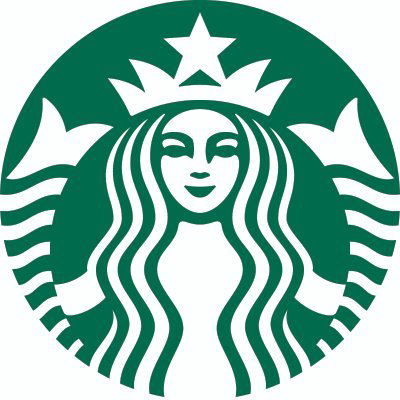Newly appointed Starbucks CEO Brian Niccol has announced a comprehensive reform plan aimed at revitalizing the company’s U.S. stores. This plan includes enhancing customer comfort with better seating and ceramic cups, and reducing the wait time to under four minutes. To achieve these goals and ensure price clarity, Starbucks will simplify its menu.
Niccol, who previously led Chipotle Mexican Grill and Taco Bell, is focused on addressing high item prices, complicated menus, and slow service speeds. Since his appointment as CEO in August, replacing Laxman Narasimhan, Starbucks’ stock has risen approximately 26%, reflecting investor optimism for a turnaround under his leadership.
Despite being a global coffee giant, Starbucks has struggled in key markets like the U.S. and China over the past two years, leading to poor stock performance. The latest financial report shows a continuous decline in revenue for three quarters, prompting the company to pause its forecast for the 2025 fiscal year.
The report indicates a 7% decrease in global store sales in the fourth fiscal quarter, with a 3% drop in net revenue to $9.1 billion, and a 25% decline in GAAP earnings per share to $0.80. For the 2024 fiscal year, global same-store sales are down 2%, with a 1% increase in consolidated net revenue to $36.2 billion and an 8% decrease in GAAP earnings per share to $3.31.
Starbucks’ leadership attributes the performance decline to reduced customer visits, which is driving Niccol’s “Return to Starbucks” plan. CFO Rachel Ruggeri emphasized that while investments have increased, changing the declining traffic trend will take time.
To boost shareholder returns and confidence, Starbucks has increased its quarterly cash dividend from $0.57 to $0.61 per share. However, sales remain sluggish both in the U.S. and globally, with a 7% decline in global same-store sales and significant drops in North America and China.
In response to strategic failures such as heavy reliance on app-based discounts, Starbucks is abandoning former promotional strategies, including “Buy One Get One” and “50% off” deals, especially in North America. This move aligns with Niccol’s vision for the brand’s reform.
In China, Starbucks continues to expand into lower-tier cities, with half of their new stores planned for these regions in the 2024 fiscal year. The fourth quarter saw the opening of 290 new stores, reaching a total of 7,596 outlets across nearly 1,000 county-level markets.
The coffee market is currently experiencing a surplus, with global production exceeding consumption. This has led to falling coffee prices and increased competition from value-focused brands, impacting Starbucks’ market share. Starbucks operates over 40,000 global stores, while competitors like Luckin Coffee boast 20,000, and Cudi Coffee, a newcomer, already surpasses 10,000 stores.




